Photojournalism
Everyone has a story.
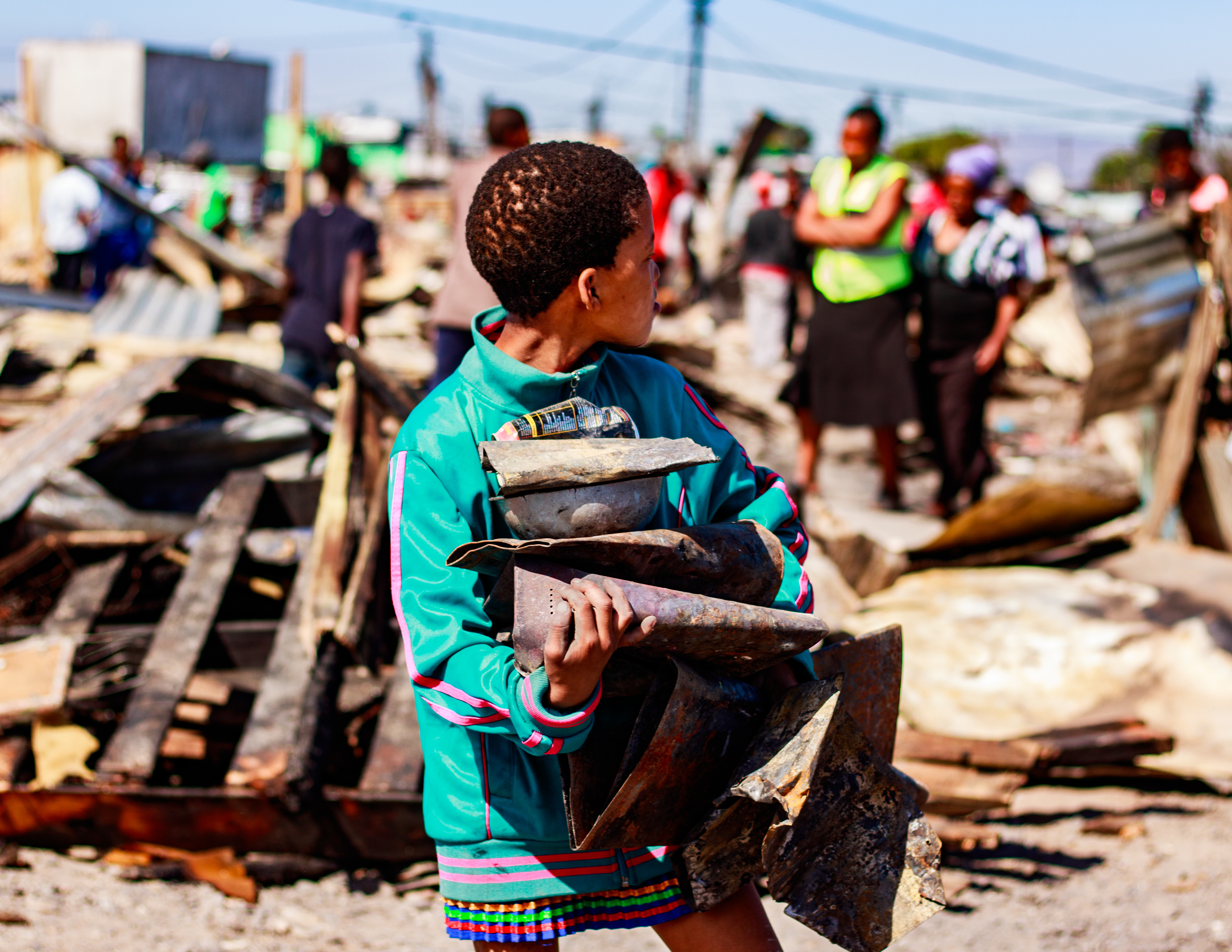
A young girl starts to pick up the pieces. Reduced to rubble in a fire, these metal shacks often serve as a home and business for locals who live in them. The number of fires I saw was crazy. Some start from fragmented glass that magnifies sunlight against dried grass, others start from unsafe in-home kitchens. In townships around Cape Town, people do not have the kind of safe living conditions western culture is used too. In fact, sometimes fires are the least of their problems.
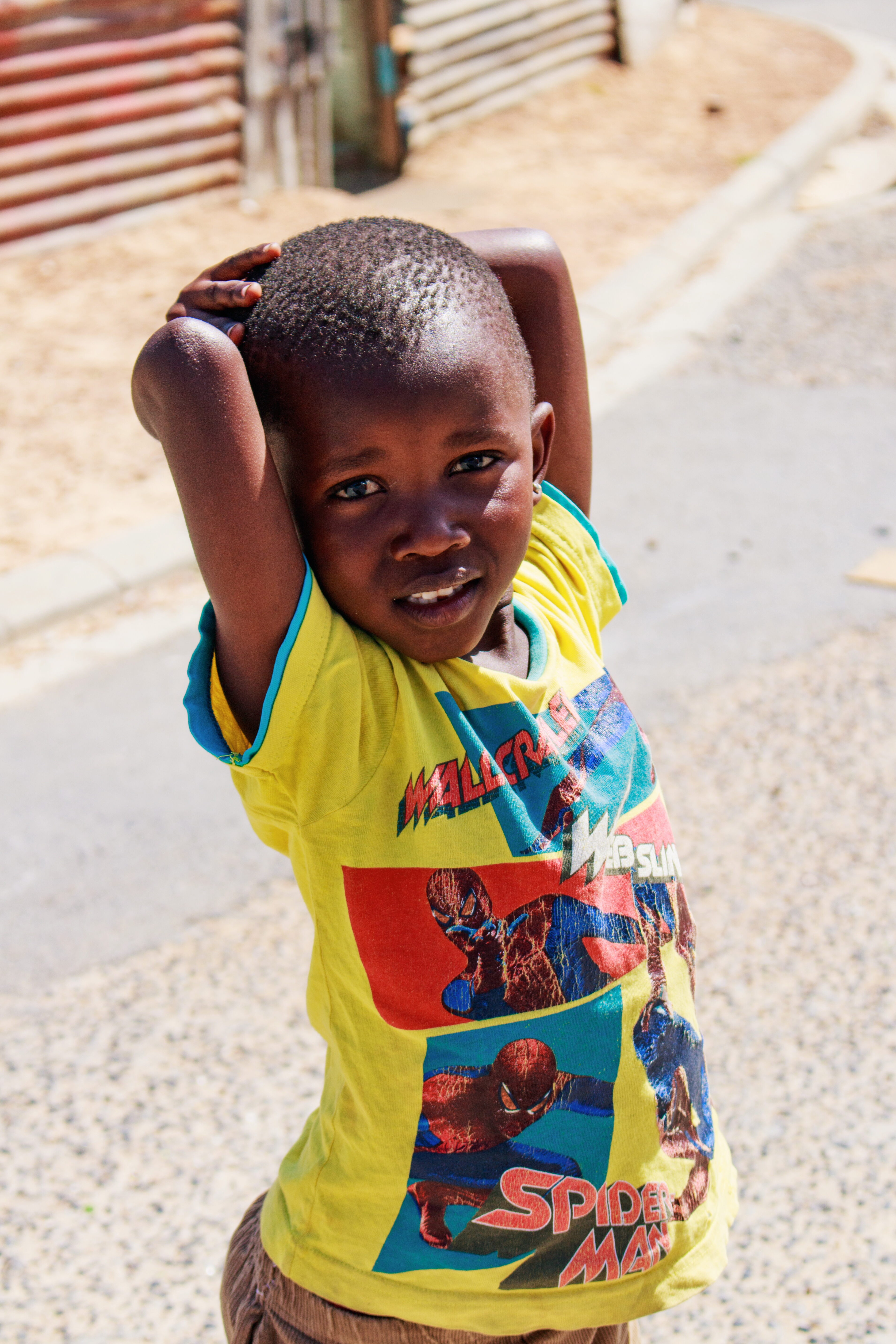
After walking up the street I saw this boy spying on me. I’m sure that lanky white men holding cameras are rare visitors to the neighborhood. After a head nod to the group of men scraping metal across the street, he smiled for me briefly. Upon starting to walk back to my car, I noticed his curiosity hadn't ended yet. I asked him “Ngubani igama lakho?”, he said "Pers." Though we looked at each other magnetically for ten minutes, I only got his name.
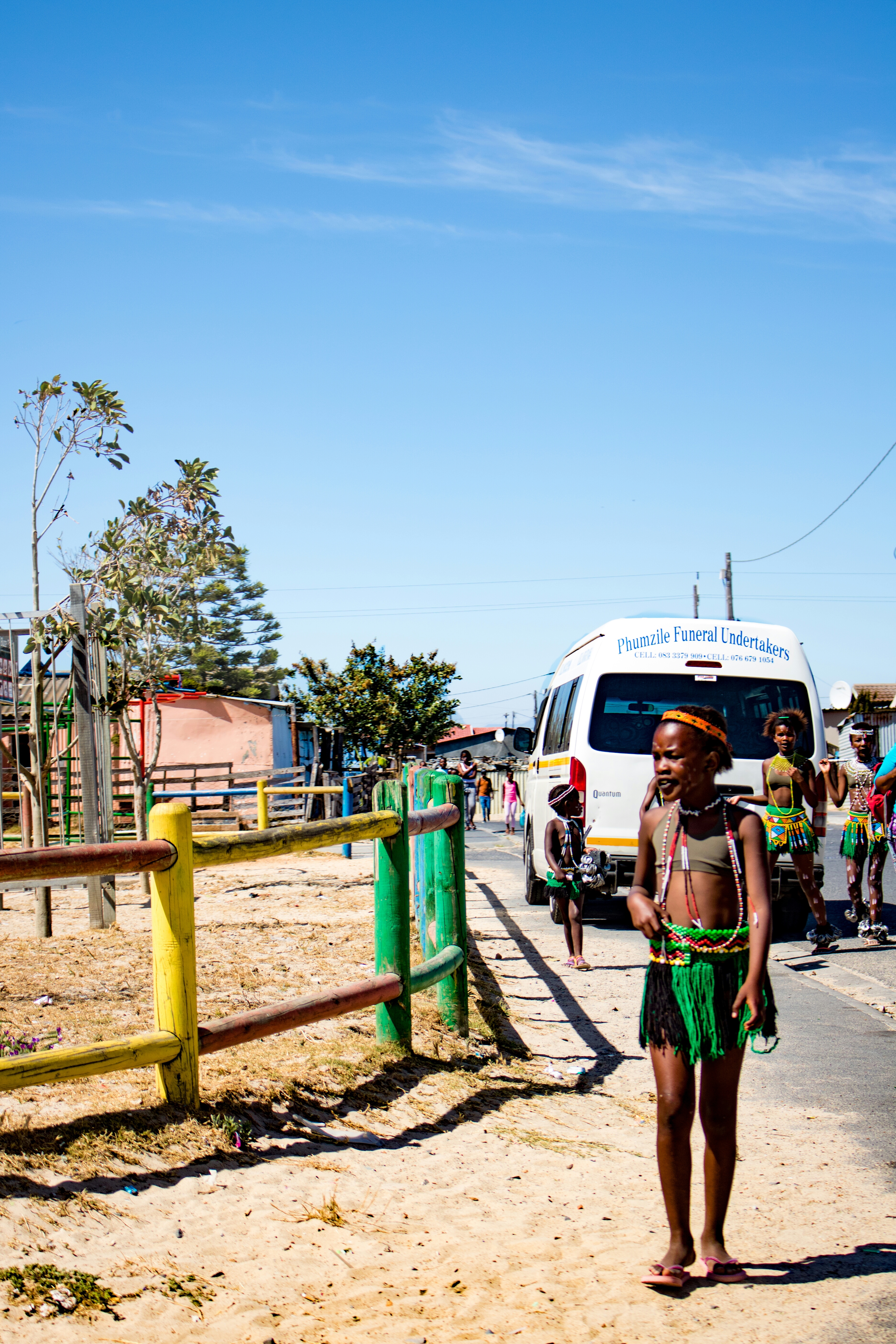
In South Africa, most racial tension arises between the Afrikaans and Xhosa people. It was explained to me that "they are just different." In the Afrikaans culture, age is weakness. Thus, the elderly are not respected nor taken care of very well. Whereas the Xhosa exalt their elders as being wise and qualified community leaders. Townships are often segregated, colored OR black; there is no mix. But, on a Tuesday morning, when I plopped down next to the man who was telling me all of this, we got to see what was the start of a new community. The multicoloured posts in this photo are fencing in the playground for an Afrikaans daycare. These traditionally dressed Xhosa girls are about to perform for the local Afrikaans community. He explained that there was starting a beautiful and peaceful intermingling of the two cultures. And that this small section of the township was actually one of the safest. The man said "This is the new South Africa, this is what I have waited for."

It appears "dabbing" is a universal language. After I had exhausted all the Xhosa greeting phrases I could remember, I simply took out my camera, indicated that they should dab on me, and boom! No cultural boundaries.
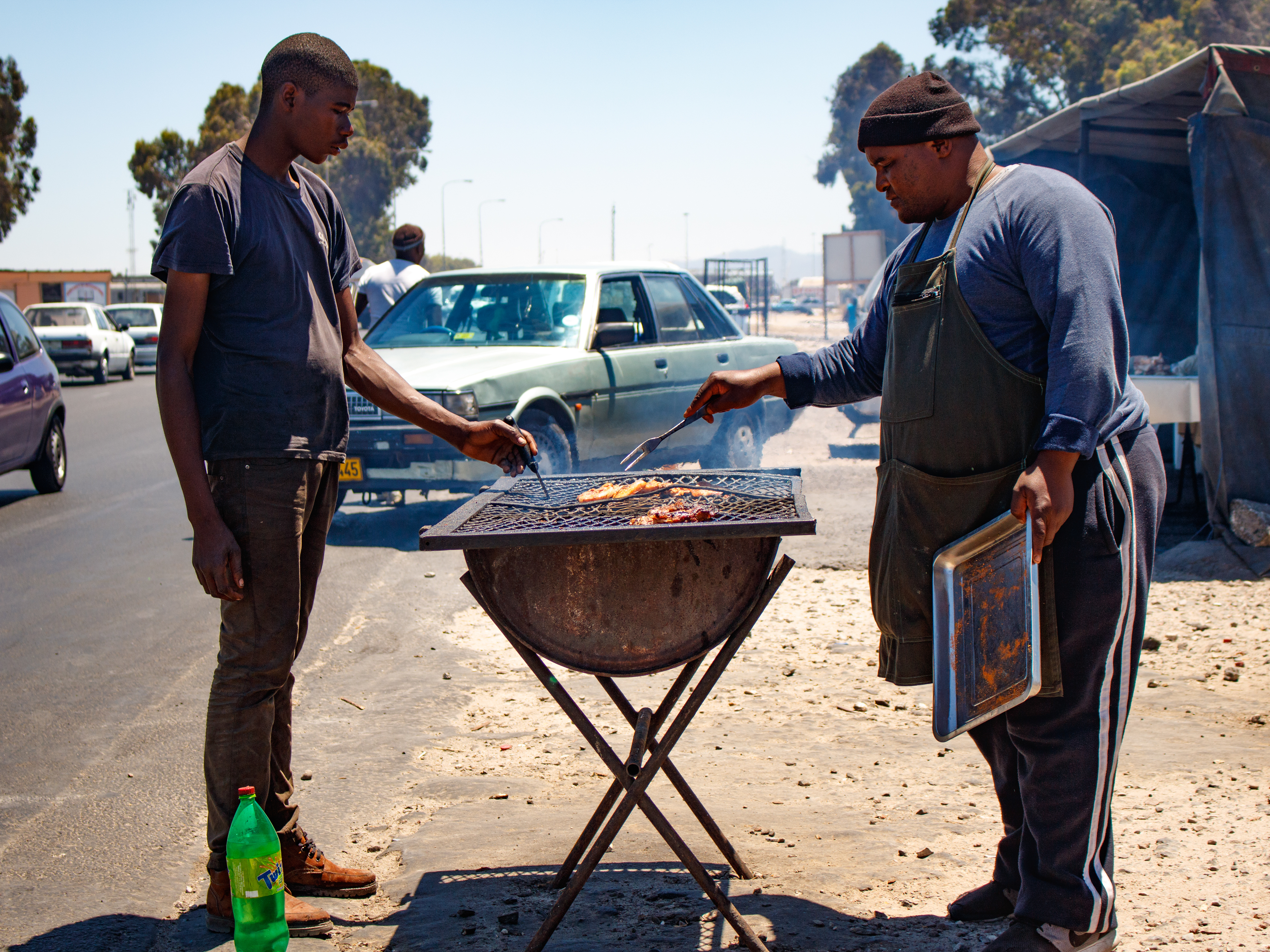
These men fed me lunch, and nearly saved my life. While my choice of meat was on the rack I wandered behind their kitchen tent. I only saw trash on the ground, a few rusted cars, and some men walking to the store across the field. Realizing the white guy had wandered off, the cook on the right yanked my sleeve and urged that I come back and stand near the road. What I thought was a difference of 10 feet also happened to be the difference between getting robbed or not.
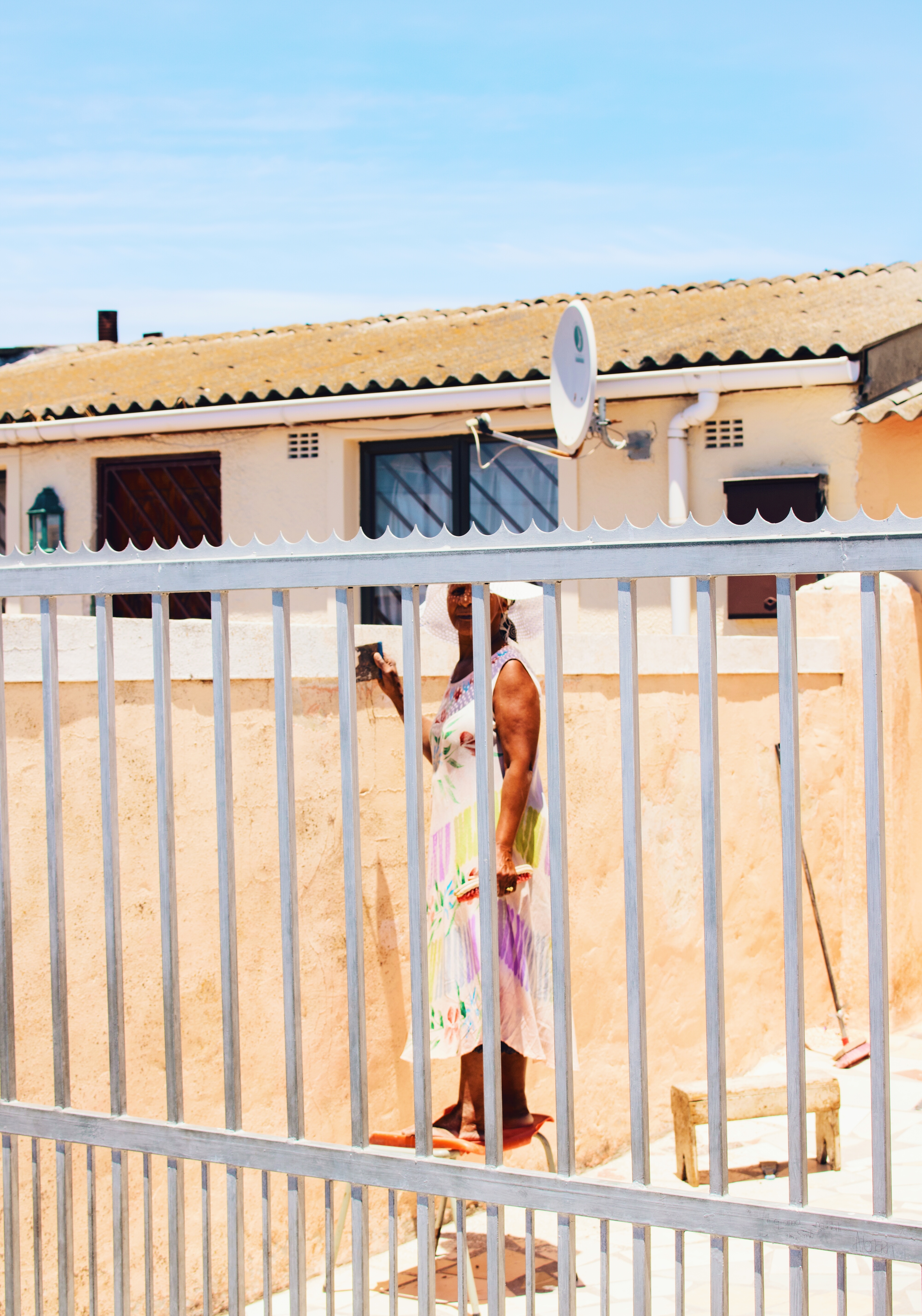
Many elderly women in the Xhosa community tend to children and take care of the house. Many of the mothers are young and working long hours. Many of the men are not in family pictures. With so many children running around, they rely heavily on young girls to raise the younger siblings. This woman, maybe 65, when preparing the security wall to be painted; all while keeping a watchful eye on the children playing in the street.
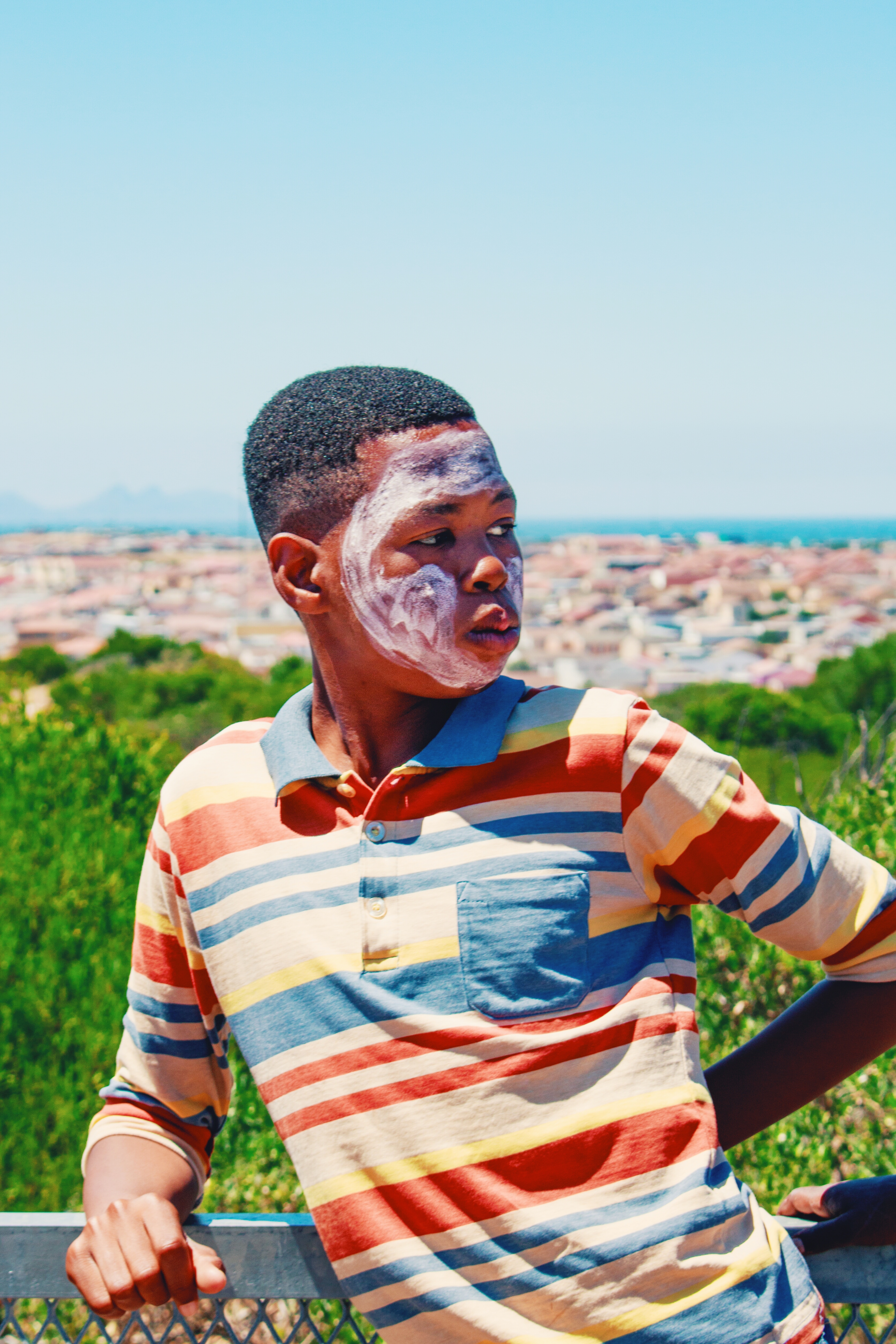
I met a boy and his friends above the township of Khayelitsha. These Xhosa boys were hanging out on top of a hill that gave view of their home; the fastest growing township in South Africa. Nearly 400,000 people living in 15 square mile: a sea of shacks and dirt streets stretching across a crowded expanse. A family will own a one bedroom shack, then, every married male descendant thereafter will build a new room onto the shack for his new family to stay. The township grows from the inside out. The government struggles to control the politics, crime, health and safety of those residing inside of it. I left feeling like I had gotten a taste a world all on its own. Maybe that’s why a bird of view, and a chance to see over the little city, was refreshing for this young boy.